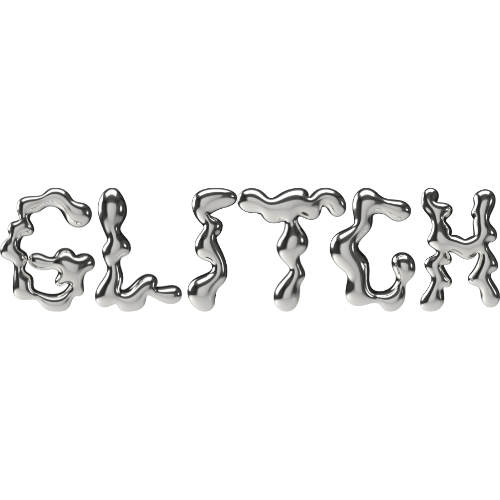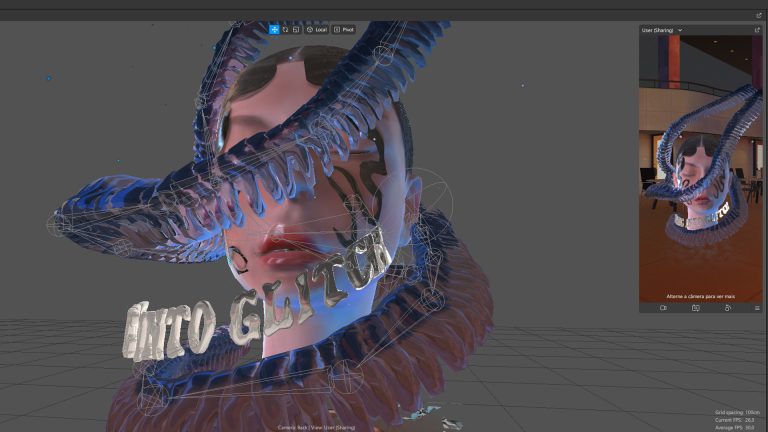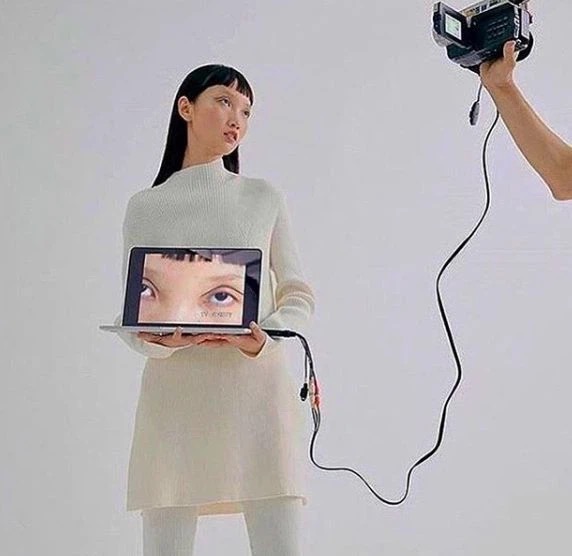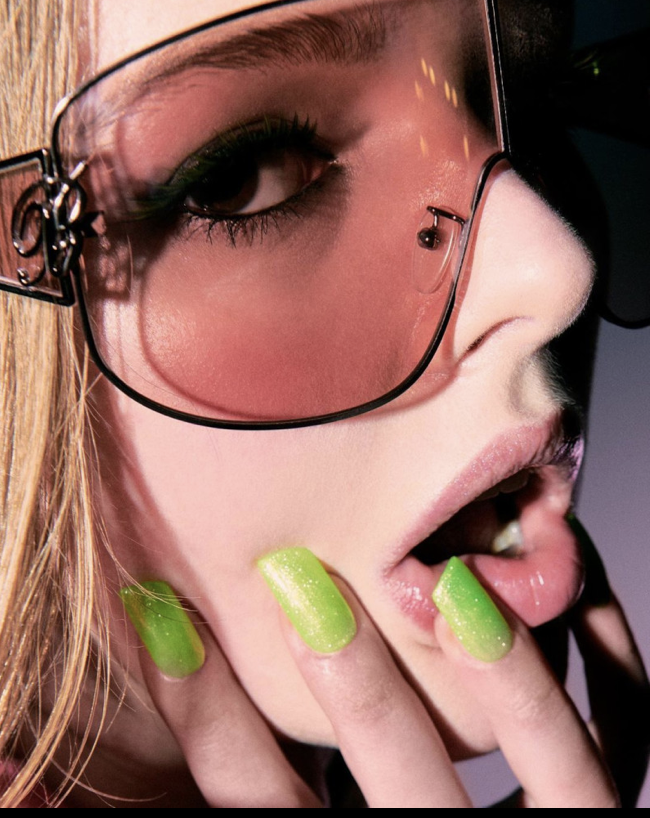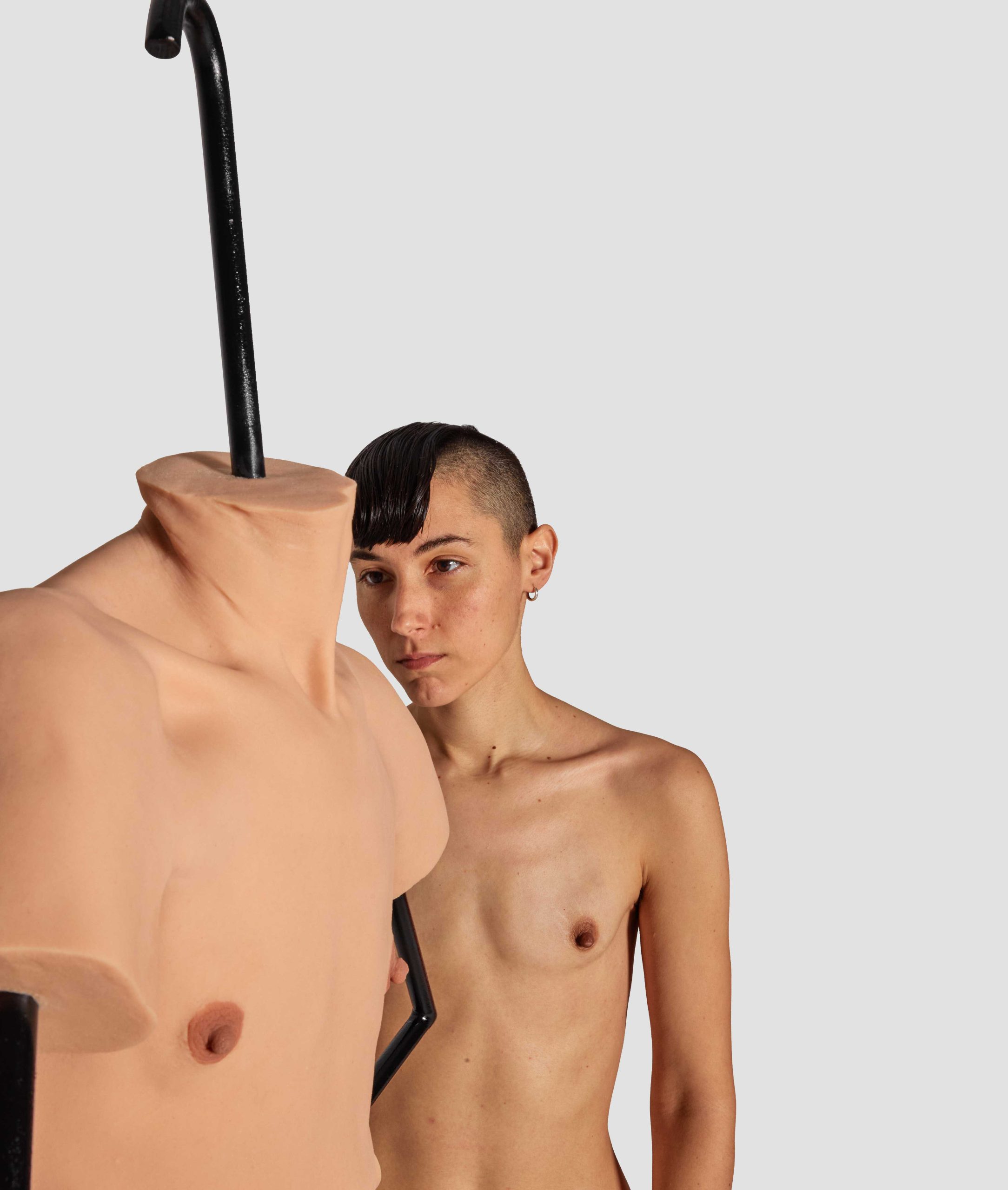Start by introducing yourself and sharing a bit about your background and journey into the Augmented Reality design field. What initially sparked your interest in AR, and what motivated you to pursue it as a career?
My name is Cloves Filho, and I live and work in Brazil. I have always been passionate about all areas of digital art and the tech world. I started my personal career as a designer and motion designer, but I always felt a bit lost because I jumped between the specificities of each of these areas and never fully found myself, despite loving all of them. However, when I discovered augmented reality in 2022, I saw that the horizon had expanded, and I am now a specialist in the field, with various clients and partners. I am certified as an AR Creator by META (Instagram) and an Ambassador of Effect House (TikTok).
Designing the first Augmented Reality filter for GLITCH Magazine is a significant achievement. Can you elaborate on what it means to you personally and professionally to be recognized by such a disruptive fashion magazine?
It’s definitely a significant milestone in my professional career. Being recognized by GLITCH is an affirmation that I’m on the right path; digital fashion is the future! Professionally, this achievement puts my career in the spotlight and opens doors for future collaborations and projects.
Being tasked with designing the AR filter for the cover of GLITCH magazine is a unique and exciting opportunity. Can you describe the creative process and innovative ideas that went into designing this particular AR experience? What elements or features did you prioritize to make it stand out and complement the magazine’s content?
After receiving the concepts for the 3 effects, I was very excited about all the creative possibilities. Unlike some artists, my creative process takes place almost entirely in my mind. I incorporated real-time animation elements with custom shaders and custom 3D software animations, making the effect more immersive. One of the biggest challenges of the magazine cover effect was creating the glass effect in augmented reality that responds to ambient light; Achieving such a result in real-time rendering is really challenging.
Augmented Reality has the potential to transform traditional media like fashion magazines. How do you envision the future of AR in the fashion industry, especially in terms of enhancing reader engagement and the overall fashion storytelling experience? And how does your work with GLITCH Magazine contribute to that vision?
I often say that those who wear digital fashion are wearing the future. Augmented reality and real-time rendering have finally made it possible for a more complete way to experience clothing and enhance fashion-related experiences, such as magazines and shopping. My work with GLITCH Magazine contributes to this vision, showing how AR can be disruptively used in print to enhance reader engagement and fashion storytelling.
Collaboration often plays a vital role in successful design projects. Could you share your experience working with the GLITCH Magazine team and any key takeaways from the collaboration that other AR designers can learn from when working with traditional media outlets?
Working with professionals in digital fashion has expanded my ideas and allowed me to better understand and cater to the specific needs of this industry. I particularly consider the traditionalism of traditional media (print) a significant advantage. What other AR creators should take into consideration is always the user experience; paying attention to UI is also a major advantage in more commercial cases.
Words by Cloves Filho
Interviewed by Fernanda Ondarza Editor in Chief
GLITCH Magazine
